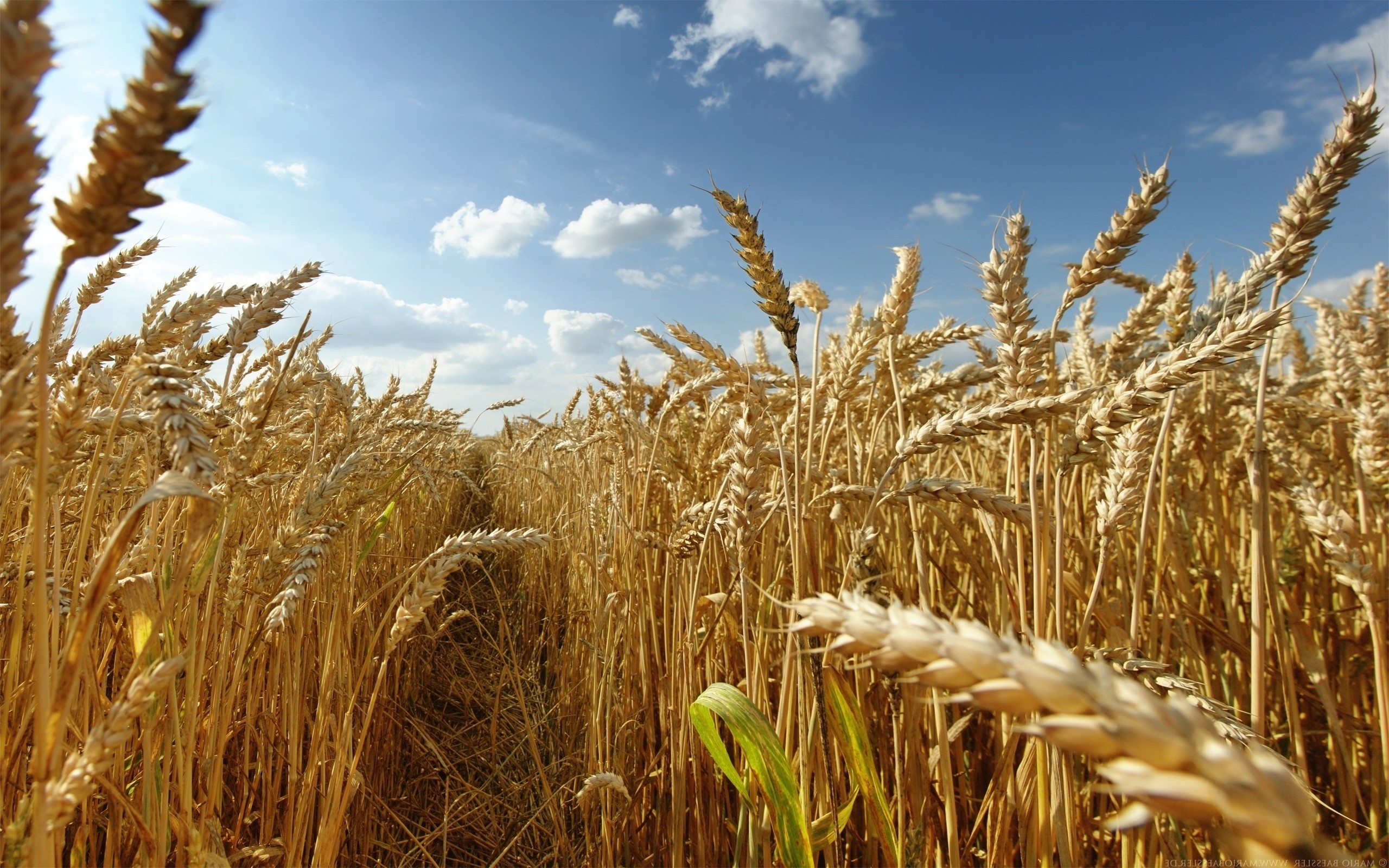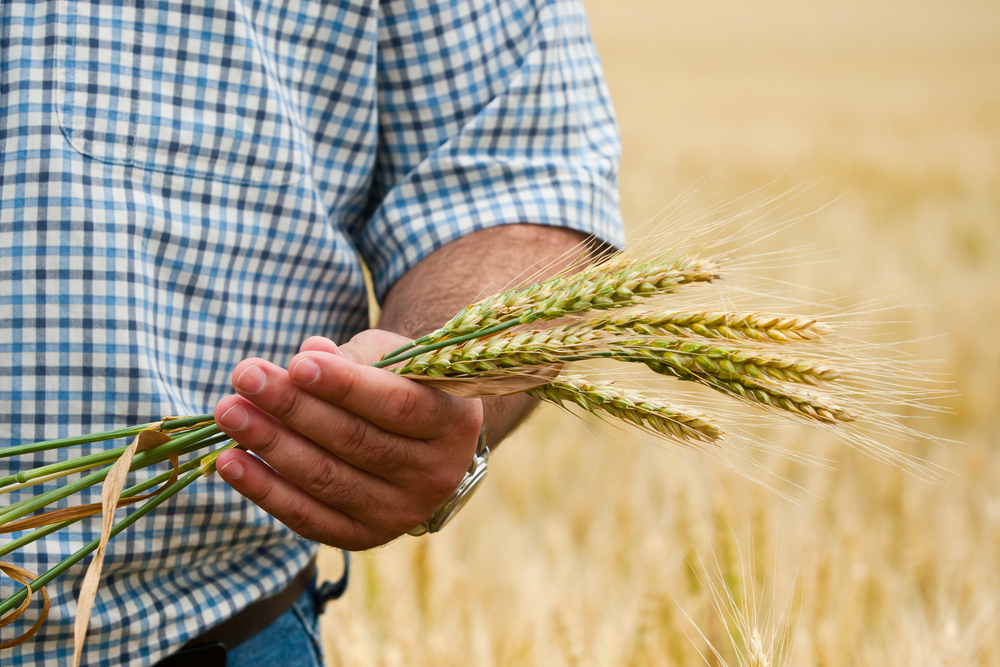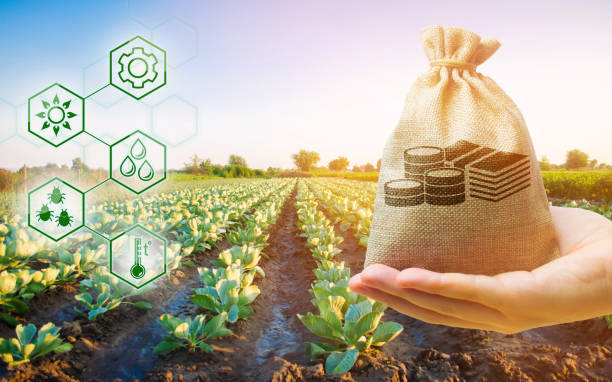Farmers and scientists across the globe are actively seeking sustainable solutions to meet the growing demands for food in the world. One innovative method making waves in agriculture today is Controlled Environment Agriculture (CEA). This technique uses cutting-edge technology to control growing environments, optimizing conditions for crops to flourish. Let’s take a closer look at what CEA is, its advantages, different types, the technology involved, and its future.
Understanding the Basics of Controlled Environment Agriculture
Venturing into the realm of Controlled Environment Agriculture (CEA) reveals an awe-inspiring synthesis of technology and nature, redefining our concept of farming. At its core, CEA harnesses the power of technology to tailor-make an environment that supports optimal plant growth, irrespective of the external climate or geographical location.
In traditional farming, growers are at the mercy of Mother Nature. Crops rely on specific weather patterns, seasons, and soil conditions to thrive. On the other hand, CEA flips this script entirely. Imagine farming in the blistering heat of a desert or the icy realms of the Arctic. With CEA, this isn’t just a possibility; it’s a reality. This innovative approach to agriculture allows growers to adjust crucial environmental variables like temperature, humidity, and light, as well as the concentration of CO2.
Think of it as a finely tuned orchestra where each element – light, temperature, humidity, and CO2 – is an instrumentalist playing its part in harmony to create a symphony of ideal growing conditions. With CEA, farmers can now conduct this orchestra, modulating each factor with precision to create the perfect concerto for plant growth. The result? A plethora of plant species thriving in an array of locations, from skyscraper rooftops in bustling cities to remote corners of the world.
By gaining command over the growing environment, farmers using CEA aren’t just defying conventional farming boundaries; they are redefining them. With this control, food production becomes less reliant on favorable weather or fertile soil, allowing crops to flourish wherever they are planted.
With the world under its wings, Controlled Environment Agriculture is changing the face of farming, morphing it into a technological marvel that guarantees a consistent supply of fresh produce, irrespective of location or season. Whether it’s the busy streets of New York or the arid landscapes of Dubai, CEA is making the improbable probable, ensuring that no place is off-limits for growing food.

The Many Advantages of Controlled Environment Agriculture
Controlled Environment Agriculture (CEA) brings to the table a cornucopia of benefits that are transforming the agricultural landscape. Primarily, the total control over environmental factors enables a significant amplification in crop yields, outpacing the results from traditional farming methods. Picture lush, healthy produce growing in abundance, regardless of the season or external weather conditions.
One of the groundbreaking aspects of CEA is the dramatic decrease in water consumption, a feat achieved through precise control and recycling systems. This becomes a vital solution in arid regions where water is a scarce commodity, demonstrating how CEA can triumph over geographical limitations.
Another stellar feature of CEA is the ability to sustain production all year round, transcending the limitations of seasons. This constant, reliable yield is an antidote to the uncertainties of climate change and seasonal fluctuations, providing stability in an unpredictable world.
As if these benefits weren’t enough, CEA adds another feather to its cap in the realm of pest control. Traditional farming methods often resort to pesticides to protect crops from pests and diseases. However, these chemicals can have harmful effects on both the environment and the consumers of the produce. CEA, with its controlled environment, can provide an effective shield against pests, drastically reducing, if not entirely eliminating, the need for harmful pesticides. The result? Healthier, cleaner, and more organic produce.
Diving into the world of CEA reveals a revolutionary approach to farming that opens up a universe of possibilities. It breaks away from the constraints of traditional agriculture, pushing boundaries and rewriting the rulebook. It’s an invitation to rethink what’s possible in agriculture, showing us that with the right technology, we can create an ideal environment for growth, no matter where we are.
Exploring Different Types of Controlled Environment Agriculture
Controlled Environment Agriculture is an umbrella term that encompasses a wide range of farming methods, each having their unique characteristics and purposes. You might already be familiar with some of these methods, but others could well be a delightful discovery.
Leading the pack in popularity are greenhouses. These temperature-controlled structures have long been a staple of the agricultural landscape, and they’re a fundamental part of the CEA family. They employ a host of environmental controls, from vents and heaters to supplementary lighting, to manipulate the climate and support the growth of crops year-round.
On the other hand, if you’re all about maximizing production while minimizing space, vertical farming might be your go-to. Picture layers upon layers of verdant produce growing in multilevel structures, delivering bountiful yields within a minimal footprint. Vertical farms truly illustrate the principle of “sky’s the limit” in the world of Controlled Environment Agriculture.
Now, let’s dive a bit deeper. Hydroponics, aquaponics, and aeroponics might sound like scientific jargon, but they’re nothing more than innovative approaches to soil-less farming. Hydroponics suspends plants in nutrient-rich water, allowing them to absorb essential elements directly through their roots. Aquaponics takes this concept a step further, adding fish into the equation for a symbiotic relationship where the fish waste provides nutrients for the plants, and the plants in turn help purify the water for the fish. Lastly, there’s aeroponics, a method that takes plants to new heights, quite literally! In this system, plants are suspended in the air and nourished with a fine mist of nutrient-laden water, giving a whole new meaning to the term “air plants.”
Each of these techniques holds a unique charm and offers distinctive benefits. Whether it’s the year-round production of greenhouses, the space-efficiency of vertical farms, or the soil-less wonders of hydroponics, aquaponics, and aeroponics, these diverse methods of Controlled Environment Agriculture offer an array of options to fit different needs, goals, and contexts. This vast array of choices truly showcases the versatility and adaptability of CEA, proving that when it comes to modern farming, the possibilities are truly endless.
The Role of Technology in Controlled Environment Agriculture
Behind the scenes of the high-performing symphony of Controlled Environment Agriculture (CEA) lies a maestro that orchestrates the entire operation – technology. This integral conductor of the CEA ensemble ensures the precise tuning of environmental variables, creating the perfect crescendo for crop growth.
Think about all the factors that contribute to a plant’s growth. The balance of light, temperature, humidity, and carbon dioxide levels is like a finely-tuned piece of music. In traditional farming, these variables are left to the whim of Mother Nature. However, in the world of CEA, technology takes up the baton, conducting the performance of these factors with the finesse of a seasoned maestro.
This technological symphony is brought to life through advanced tools and techniques such as sensors, automation, artificial intelligence (AI), and machine learning. Let’s take a closer look at each of these components to better understand how they harmonize to optimize CEA operations.
First up are sensors. These are the vigilant watchmen of the CEA orchestra, meticulously monitoring the various environmental variables to ensure the ideal conditions for plant growth. They measure factors like temperature, light intensity, humidity, and nutrient levels, constantly feeding this data back to the central system.
Stepping in next is automation. Just as a conductor would wave his baton to guide his orchestra, automation directs various processes within a CEA setup. Whether it’s timely irrigation, optimal feeding, or precise harvesting, automation ensures every action is executed on cue, maximizing efficiency while minimizing labor costs.
The third player in this ensemble is artificial intelligence. As an intelligent composer would craft his masterpiece, AI analyzes the data collected from sensors to predict and optimize plant growth patterns. The result is a harmonious melody of maximum yield and productivity.
Finally, taking center stage is machine learning. Like a musician practicing and improving over time, machine learning uses collected data to learn and enhance future performance. This ensures that the CEA system continually improves its efficiency, making the operation smoother with each passing day.
Thus, technology in CEA is like a maestro orchestrating a symphony, guiding each element to play its part in harmony. From vigilant sensors and efficient automation to intelligent AI and adaptive machine learning, each component works in concert to ensure the successful growth of crops. As we look ahead, we can only imagine how this technological symphony will continue to evolve and refine the performance of Controlled Environment Agriculture.
Looking into the Future of Controlled Environment Agriculture
As we gaze into the horizon of Controlled Environment Agriculture (CEA), it’s hard not to get excited about the possibilities it presents. The technology that serves as the backbone of CEA is rapidly evolving, continually enhancing the efficiency and affordability of this futuristic farming method. Picture skyscrapers boasting green, leafy levels of vertical farms or rooftops sprouting fresh produce in the heart of bustling cities. This isn’t science fiction; it’s the future of CEA.
With the sprawling tentacles of urbanization creeping across our planet, CEA offers a novel solution that allows us to bring farming right into our urban jungles. This could revolutionize how cities source their food, dramatically cutting down food miles and ensuring fresh, locally grown produce is just a stone’s throw away. Imagine biting into a crisp salad made from greens harvested from your apartment building’s rooftop greenhouse; that’s the future CEA is striving towards.
But CEA isn’t just about convenience; it’s also about resilience. With the looming threat of climate change casting a long shadow over traditional farming, CEA stands as a bulwark of hope. Its ability to create ideal growing conditions regardless of external climate fluctuations makes it a reliable and sustainable alternative. As we navigate the uncharted waters of our changing planet, CEA could serve as our compass, guiding us towards a future where food production is not only viable but thriving, irrespective of the challenges Mother Nature may throw our way.
In short, as we peer into the future of agriculture, it’s clear that CEA is poised to play a starring role. It’s a future where farms reach for the sky, where harvests are bountiful regardless of the season, and where agriculture not only survives but thrives in the face of climate change. It’s a future we can look forward to with anticipation and hope. So here’s to the future of farming, brought to us by the marvels of Controlled Environment Agriculture.





The reputation of the website will surely see an improvement in the near future as a result of the high-quality content and the active involvement of the administrator.
Hi my loved one I wish to say that this post is amazing nice written and include approximately all vital infos Id like to peer more posts like this